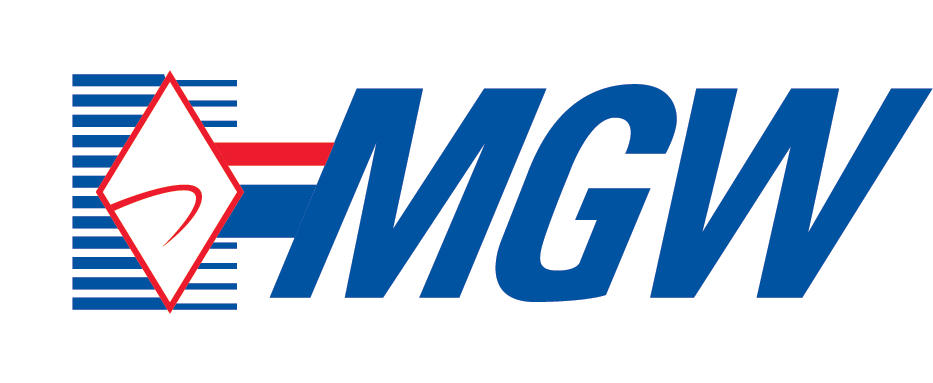Internet Setup & Troubleshooting
Frequently Asked Questions
DSL Setup
The direct line from your telephone jack should be connected to the DSL/LINE port on your broadband modem. Connect one end of an ethernet cable to the single LAN port of the modem, and connect the other end to the WAN/Internet port of the router. For a wireless connection, no other cables are necessary. For a wired connection, connect a second ethernet cable from ethernet ports 1, 2, 3, or 4 on the back of the router to the ethernet port on the computer. If you have an all-in-one modem/router combination, then you will not need a router as the all-in-one device provides both the internet and wifi to your house.
DSL Customers Troubleshooting
Shutdown your computer and unplug the power cable from both your modem and router (if you have one).
Leave everything unplugged for exactly 60 seconds
Plug the power cable back into your modem and allow it to re-establish its connection - wait 60 seconds
Plug the power cable back into your router and allow it to re-establish its connection - wait 60 seconds
Turn your computer on
Fixed Wireless Standard Setup
Connect the ethernet cable from the POE or DATA IN port of your POE adapter to the WAN/Internet port of the router. For a wireless connection, no other connecting cables are necessary; your computer should be able to recognize your wireless network signal. For a wired connection, connect a second ethernet cable from ethernet ports 1, 2, 3, or 4 on the back of the router to the ethernet port on the computer.
Fixed Wireless Standard Troubleshooting
Shutdown your computer
Unplug the POE adapter from the surge protector, disconnecting all power. Ensure the two ethernet cords remain in the POE adapter, specifically unplug the POE adapter itself
Unplug the power cable from your router
Leave everything unplugged for at least 60 seconds
Plug the POE back into the surge protector - allow it to re-establish its connection - wait 60 seconds
Plug the power cable back into your router and allow it to re-establish its connection - wait 60 seconds
Turn your computer on
Fixed Wireless Gigacenter/Gigaspire Setup
Connect the ethernet cable from the POE of your POE adapter to the ETH-WAN port of the Gigacenter. For wireless connection, no other cables are necessary; your devices should detect your wireless network signal. For a wired signal connection, connect a second ethernet cable from ETH ports 1, 2, 3 or 4 on the back of the Gigacenter to the ethernet port on the computer.
Fixed Wireless Gigacenter/Gigaspire Troubleshooting
Reboot your computer.
Check to see that all cords are connected in securely and tightly. The cable from the POE port connects to the CPE(dish) on the outside of your premises. The cable from the LAN port connects to the Gigacenter WAN Ethernet port.
Unplug the POE adapter from the surge protector. Leave unplugged for 1 minute.
Plug the POE back into the surge protector, and check to see if your internet connection has been reestablished.
Fiber Setup
Connect the ethernet cable from your ONT box to the WAN/Internet port of the router. For a wireless connection, no other connecting cables are necessary; your computer should be able to recognize your wireless network signal. For a wired connection, connect a second ethernet cable from ethernet ports 1, 2, 3, or 4 on the back of the router to the ethernet port on the computer.
Fiber Troubleshooting
Shutdown your computer
Unplug the power cable from your router (if you have one)
Leave everything unplugged for 30 seconds
Plug your router in first and allow it to re-establish its connection - wait 60 seconds
Turn your computer on
Call Customer Support 540-925-2255 or email support@mgwnet.com for troubleshooting assistance.
Often this procedure is necessary after power outages or "brownouts." We recommend the use of a battery backup or UPS to prevent this from occurring.
